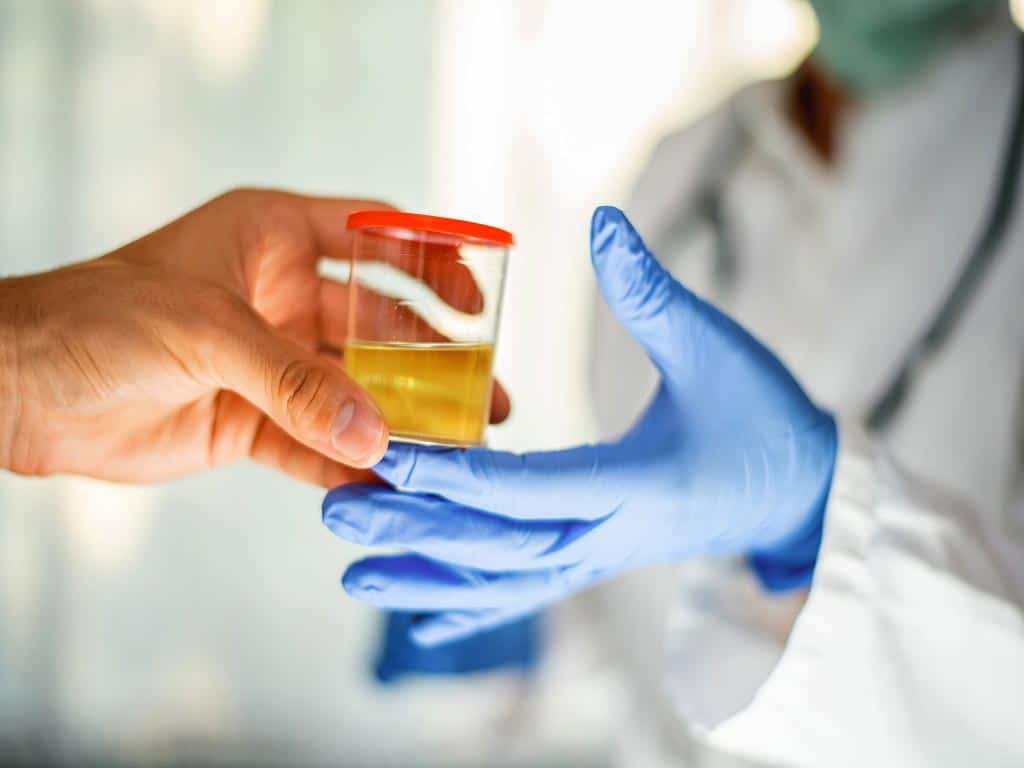Pre-Employment Drug And Alcohol Screening: What It Is, Types of Tests, And Results
23 November, 2023

A pre-employment drug and alcohol screening is a common practice that companies use to evaluate job applicants for drug and alcohol use. This process involves various types of tests, such as urine, saliva, blood, hair, and breath tests. If a candidate tests positive for drugs or alcohol, it can result in the withdrawal of a job offer. This screening helps employers ensure a safe and drug-free work environment.
Employers in Australia have a legal obligation to guarantee a safe and healthy work environment for their employees. They must take necessary measures to prevent any potential harm that could occur in the workplace. The company may have to provide proper training, equipment, and resources to ensure the well-being and safety of its workers. This article provides information on pre-employment alcohol and drug screening, including its functions, the types of tests, and the potential consequences of a positive test result.
What is Pre-Employment Drug and Alcohol Screening
Pre-employment drug and alcohol screening is a standard procedure in which companies assess potential employees for the presence of drugs and alcohol. Employers administer these tests as part of the hiring process to confirm that applicants do not have substance abuse disorders. It is crucial to consider this when choosing employees, especially for safety-critical jobs like mining, construction, and transportation.
Companies must include in their job postings that passing a liquor and drug test is a requirement for employment. Additionally, they must provide information about the testing methods and substances they will use. By doing so, the prospective employee receives information about the company policy regarding drug and alcohol misuse.
Employers can reduce risks and ensure compliance with laws and regulations by implementing pre-employment screening. Accidents have the potential to significantly impact the reputation of the company. Furthermore, it raises insurance costs and exposes them to potential legal issues. Because of this, pre-employment testing is one of the grounds for screening that employers list in their workplace drug and alcohol policy.
Benefits of the Process
- It helps companies ensure that all employees are free from substance abuse, reducing the risk of accidents.
- Businesses can reduce damages, which will cut down on insurance costs as well as legal fees.
- Employees are more likely to complete their work successfully and efficiently, which boosts output and improves job performance all around.
- It increases morale and job satisfaction by fostering a sense of safety and well-being among staff members.
- Businesses that put employee safety first by doing pre-employment drug and alcohol testing can improve their reputation.
- Companies can remain compliant with industry standards and stay out of legal trouble.

Types of Tests Used in Pre-Employment Drug and Alcohol Screening
Employers may utilise different methods for pre-employment drug and alcohol screening. These screening methods can detect a wide range of illicit substances that may potentially cause impairment. Urine tests are frequently utilised for workplace testing. Urine samples have a detection window of 24 hours. Additionally, ethyl glucuronide (EtG) tests increase the detection window to 80 hours.
Additionally, saliva tests are commonly employed for onsite testing. This is due to the convenient and non-invasive nature of collecting saliva samples. Oral fluid testing can detect traces of substances within 12 hours of intake. The breath alcohol testing is another convenient screening method. This test measures the Blood Alcohol Concentration (BAC) levels of a person and can detect ethanol within 24 hours.
Hair follicle screening has a detection period of 90 days, making it the longest among all tests. It can trace a substance use history effectively. However, it cannot detect illegal drugs and alcohol consumed within the last seven days due to the way hair grows. On the other hand, blood tests provide the most accurate results. Typically, they can detect substances within a 12-hour window.
Common Substances Tested For
Drug and alcohol tests can detect a wide range of substances. One of the most common substances tested for is ethanol, which is the active ingredient in most alcoholic beverages. When present in the body, it can cause drowsiness and impair cognitive functions. This is why testing for ethanol is crucial for pre-employment screening.
Alongside ethanol, the tests can identify the presence of illicit drugs. This includes substances like cannabis, methamphetamine, cocaine, and opiates. By detecting the use of these illegal substances, employers can make informed hiring decisions. Thus, it helps mitigate safety risks in the workplace.

What Happens After a Positive Result in Pre-Employment Drug and Alcohol Screening
After a positive result in pre-employment drug and alcohol screening, several steps are typically taken. The consequences may vary depending on the workplace policy and the nature of the job. In many cases, a positive result leads to the withdrawal of the job offer, especially if passing the test is a requirement for the position. Therefore, employers must ensure the accuracy of the report.
A positive test result suggests irresponsible behaviour and possible drug and alcohol problems. Companies may need to report drug use to local authorities in certain cases. However, they must only inform relevant personnel for confidentiality purposes. Employers should also consider requests for a confirmatory test to address potential false positives.
Several factors can contribute to a false positive result, including sample contamination and tampering. This is why employers must seek out reliable testing services that follow strict protocols and meet relevant standards. Moreover, certain medical conditions and secondhand exposure can lead to false positive results. To ensure fairness, employers should permit a follow-up meeting to discuss further actions and address any employee concerns.
Can a Job Applicant Request for a Confirmatory Testing
When a job applicant wishes to request confirmatory testing, they should provide the necessary documentation to support their claim. This may include medical records or a detailed explanation of any prescribed medications that could interfere with the test results. Additionally, the applicant should answer any questions or concerns the employer may have.
Furthermore, the applicant must be aware of any time limitations for requesting confirmation tests. They should promptly communicate their request as soon as they become aware of the need for further testing. Procrastinating may result in missed opportunities, as some testing facilities may have strict policies regarding time limits for such requests.
Conclusion
Pre-employment drug and alcohol screening is a crucial step in the hiring process for many companies. It allows employers to evaluate potential employees for the presence of drugs and alcohol, ensuring a productive and safe workplace. Additionally, companies may use various testing methods to detect illegal substances. These methods include urine, saliva, blood, hair, and breath tests. Each method has its own advantages and detection windows, providing employers with options to choose the most suitable test.
After a positive drug and alcohol test, several steps are taken. The company may withdraw the job offer due to concerns about drug and alcohol problems. Sometimes, the company must report the drug use to local authorities, but they must keep it confidential. If a job applicant wants confirmation testing, they must provide supporting documentation. This can include medical records or explanations of prescribed medications. They should be aware of time limitations and promptly communicate their need for further testing.






























